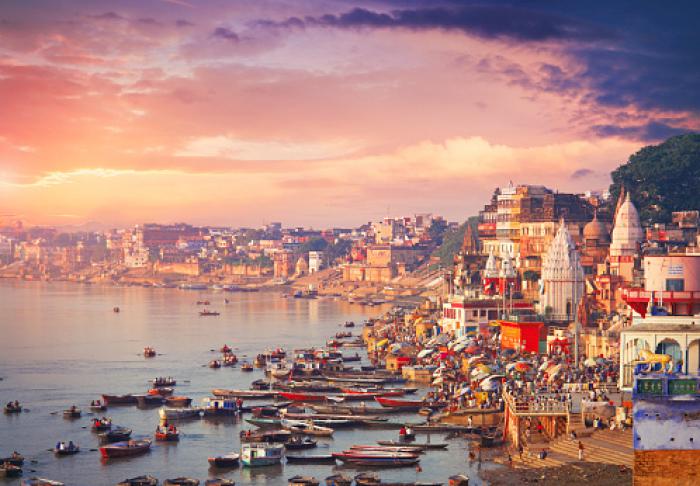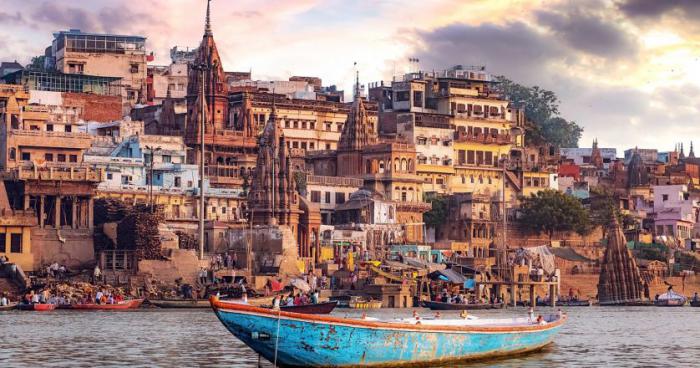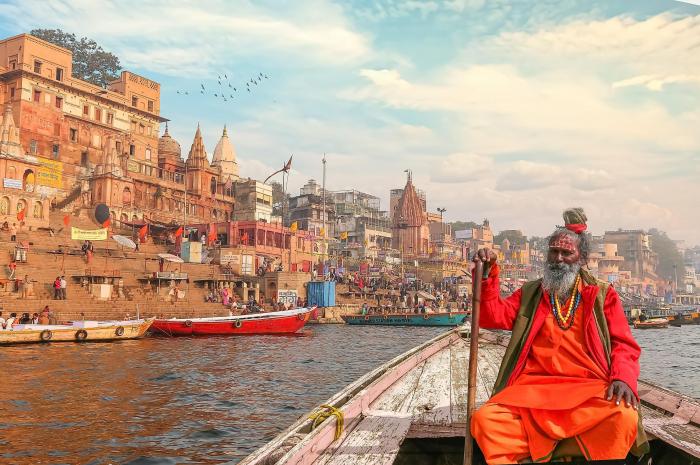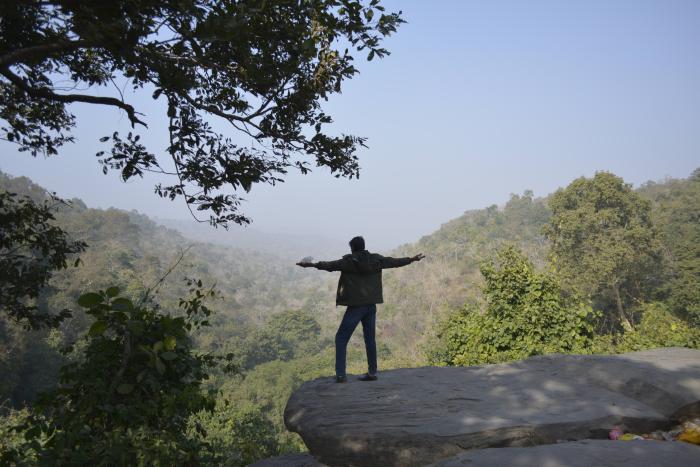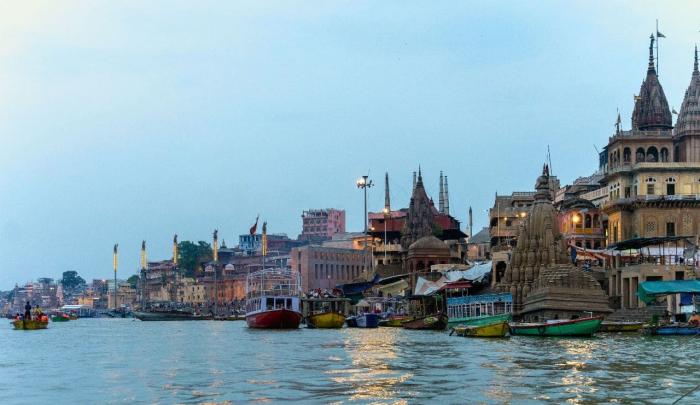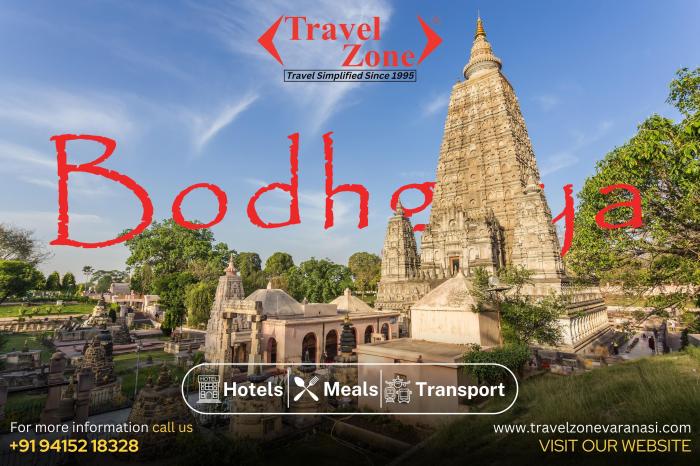From Assi to Manikarnika: Varanasi Ghat Name List
One of the oldest living cities in the world still in existence, Varanasi is well-known for its Ghats or structures that border the Ganges River. Every Ghat has a unique history, meaning, and story of its own.

